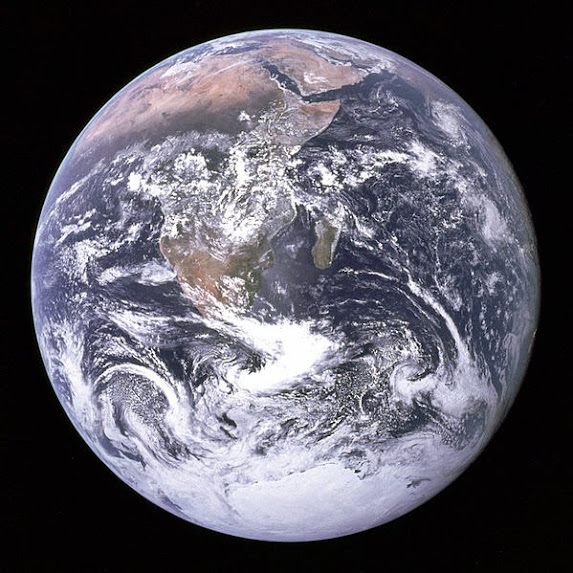B13: Our Solar System: Earth Traditional Geocache
B13: Our Solar System: Earth
-
Difficulty:
-

-
Terrain:
-

Size:  (small)
(small)
Please note Use of geocaching.com services is subject to the terms and conditions
in our disclaimer.
This cache is one of 14 caches in a series, 13 traditional caches and one puzzle cache. 10 of the caches in the series have numbers under the lids that will be used to find the FINAL cache. The 10 numbers have been randomly distributed within the 13 caches.
The theme for the 2013 BLITZ is Go BIG!
I decided to hide some caches along the Bridal Falls Forest Service Road. This road offers a BIG hike (if you choose to hike it), a BIG view of the Fraser Valley, and now some caches dedicated to one of the biggest things I could think of, our solar system.
You will most likely need a 4x4 vehicle if you plan to drive to the caches in this series.

Earth is the third planet from the Sun, and the densest and fifth-largest of the eight "regular" planets in the Solar System. It is also the largest of the Solar System's four terrestrial planets.
According to scientists, Earth formed approximately 4.54 billion years ago, and life appeared on its surface within its first billion years. Estimates on how much longer the planet will be able to continue to support life range from 500 million years (myr), to as long as 2.3 billion years (byr).
Earth's lithosphere is divided into several rigid segments, or tectonic plates, that migrate across the surface over periods of many millions of years. About 71% of the surface is covered by salt water oceans, with the remainder consisting of continents and islands which together have many lakes and other sources of water that contribute to the hydrosphere. Earth's poles are mostly covered with ice that is the solid ice of the Antarctic ice sheet and the sea ice that is the polar ice packs. The planet's interior remains active, with a solid iron inner core, a liquid outer core that generates the magnetic field, and a thick layer of relatively solid mantle.
Earth gravitationally interacts with other objects in space, especially the Sun and the Moon. During one orbit around the Sun, the Earth rotates about its own axis 366.26 times, creating 365.26 solar days, or one sidereal year. The Earth's axis of rotation is tilted 23.4° away from the perpendicular of its orbital plane, producing seasonal variations on the planet's surface with a period of one tropical year (365.24 solar days). The Moon is Earth's only natural satellite. It began orbiting the Earth about 4.53 billion years ago (bya). The Moon's gravitational interaction with Earth stimulates ocean tides, stabilizes the axial tilt, and gradually slows the planet's rotation.
Information provided by wikipedia.
I hope you enjoy looking for this geocache.
FV

Additional Hints
(Decrypt)
oruvaq fghzc